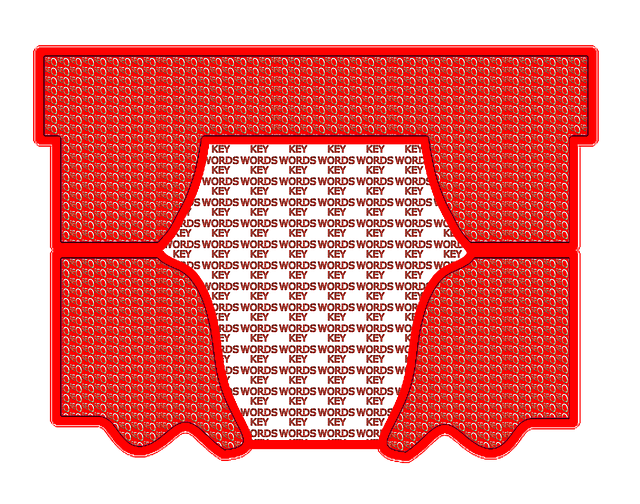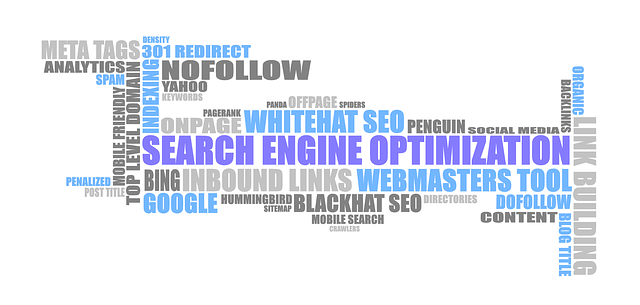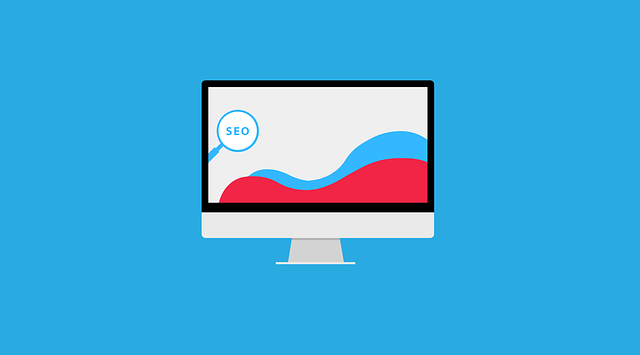SEO Content Optimization thrives through on-page analytics, focusing on key metrics like bounce rates, session durations, and conversion rates. Strategic keyword placement in title tags, meta descriptions, headings, and content boosts click-through rates and search rankings. User experience optimization, including navigation, content presentation, and speed, keeps visitors engaged. Technical SEO considerations like structured data markup, XML sitemaps, and robots.txt files improve site structure visibility for better analytics and crawl efficiency. Advanced tools such as AI platforms, heatmaps, scroll maps, and schema markup provide user behavior insights and enhance content visibility through rich snippets.
Unleash the power of on-page analytics to elevate your SEO content optimization game! This masterclass guides you through the essentials, from deciphering key metrics to mastering keyword placement. Learn how optimizing title tags and meta descriptions boosts click-through rates, while enhancing user experience improves page performance. Delve into technical SEO considerations for seamless data flow and discover advanced tools to become an on-page analytics expert.
Understanding On-Page Analytics: The Foundation of SEO Content Optimization

Understanding on-page analytics is a cornerstone in the realm of SEO content optimization. It involves meticulously examining each element of a webpage to gain insights into its performance and user engagement. By delving into metrics like page views, bounce rates, time spent on page, and keyword rankings, content creators and marketers can identify what’s resonating with their audience and what needs improvement.
This data-driven approach allows for informed decisions about content strategy, from refining headlines and body text to optimizing meta tags and internal linking. By aligning webpage elements with user intent and search engine algorithms, on-page analytics becomes a powerful tool in enhancing SEO content optimization, ultimately driving better organic traffic and improved conversions.
Key Metrics to Track for Effective On-Page Strategy

When crafting an effective on-page strategy, it’s crucial to track key metrics that drive user engagement and conversion. These include bounce rate, average session duration, and pages per session. Bounce rate measures how many visitors leave your site after viewing just one page, indicating whether your content is compelling enough to keep users engaged. Average session duration shows how long visitors are actively spending on your site, which can be a strong indicator of content quality and user interest. Pages per session reveals the average number of pages viewed during a single visit, helping you understand how well your site’s navigation and internal linking are structured.
Additionally, tracking conversion rates is vital for assessing the success of your on-page SEO content optimization efforts. Conversion goals could range from form submissions to product purchases or newsletter sign-ups. By monitoring these metrics, you gain valuable insights into user behavior, allowing you to make data-driven adjustments to improve page performance and ultimately boost search engine rankings.
Optimizing Title Tags and Meta Descriptions: Driving Click-Through Rates

Title tags and meta descriptions are critical components of on-page SEO content optimization, playing a significant role in driving click-through rates (CTRs). A well-crafted title tag is like an invitation to potential visitors, enticing them to click and learn more about your webpage. It should be unique, compelling, and include relevant keywords that accurately reflect the page’s content. By optimizing these elements, you increase the likelihood of capturing the attention of your target audience.
Meta descriptions, on the other hand, provide a brief overview of what users can expect to find on the page. While they don’t directly influence CTRs like title tags, compelling meta descriptions can encourage users to click, especially if they resonate with their search query. Incorporating keywords naturally and crafting a description that sparks curiosity are effective strategies to ensure your pages stand out in search results, thereby driving more organic traffic.
The Art of Keyword Placement: Enhancing Search Engine Visibility

In the realm of on-page analytics, the art of keyword placement is a delicate dance that significantly enhances search engine visibility (SEO). It involves strategically integrating targeted keywords into your content in a way that feels natural and valuable to readers. SEO content optimization isn’t about cramming words for the sake of it; rather, it’s about understanding user intent and providing answers within your text.
Mastering keyword placement requires a balance. Incorporate keywords in headings, subheadings, meta descriptions, image alt tags, and throughout your copy, ensuring each element contributes to a cohesive narrative. This approach not only satisfies search engine algorithms but also fosters a positive user experience, encouraging visitors to explore further, thereby lowering bounce rates and increasing time spent on-page—all vital metrics for on-page analytics success.
Improving User Experience: Impact on Page Performance and Engagement

Improving user experience is a pivotal strategy in enhancing page performance and fostering engagement, especially in today’s competitive digital landscape. By prioritizing user needs and preferences, websites can create seamless interactions that keep visitors engaged and encourage them to explore further. This involves optimizing key elements like site navigation, content presentation, and loading speeds to ensure the overall experience is intuitive and enjoyable.
SEO Content Optimization plays a crucial role here. Well-optimized content not only enhances search rankings but also aligns with user expectations, leading to longer dwell times and reduced bounce rates. When users find relevant, high-quality information presented in a visually appealing format, they are more likely to convert, subscribe, or take the desired action, ultimately contributing to better page performance and increased engagement metrics.
Technical SEO Considerations for Seamless Data Flow

In the realm of On-Page Analytics, Technical SEO Considerations play a pivotal role in ensuring seamless data flow. Optimizing your site’s structure and infrastructure is key to facilitating effective crawling and indexing by search engines. This involves implementing structured data markup, ensuring XML sitemaps are up-to-date, and optimizing robots.txt files for precise control over crawler access. By addressing these technical aspects, you enhance the visibility of crucial pages, improve crawl efficiency, and ultimately, boost your site’s SEO Content Optimization.
Additionally, focusing on schema markup ensures that search engines understand your content better, leading to enhanced rich snippet opportunities. Efficient internal linking structures help distribute link equity across relevant pages, enriching the overall user experience and signaling to search algorithms the hierarchy and importance of content. These technical optimizations form a strong foundation for accurate data interpretation, allowing you to make informed decisions in your analytics strategy.
Advanced Tools and Techniques for On-Page Analytics Mastery

In the realm of on-page analytics, advanced tools and techniques are your secret weapons for achieving mastery. These go beyond basic metrics to uncover hidden insights that drive SEO content optimization. Incorporate AI-powered analytics platforms to gain a deeper understanding of user behavior, identifying pain points and opportunities for improvement. Heatmaps and scroll maps offer visual representations of how visitors engage with your pages, guiding you in optimizing layout and call-to-actions.
Advanced on-page analytics also involves leveraging structured data and schema markup to provide search engines with rich snippets, enhancing the visibility and click-through rates of your content. By integrating these techniques, you can transform your website from a mere information repository into an interactive experience that resonates with both users and search algorithms.
